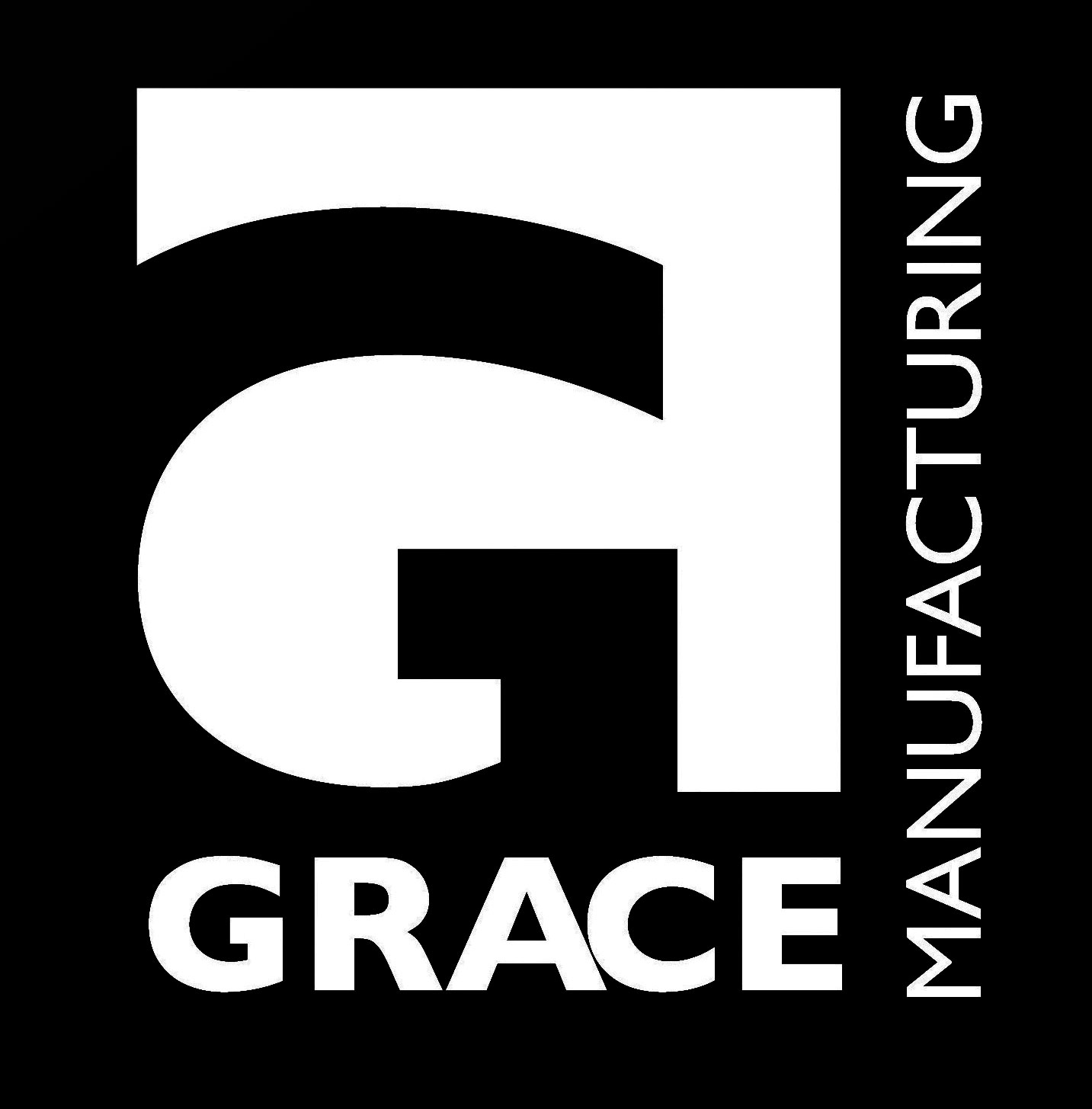Photo Chemical Machining and Etching
This process can offer economical alternatives to stamping, punching, laser or water jet cutting, or wire electrical discharge machining (EDM) for thin metal precision parts.
What is Photo Chemical Machining?
Photo Chemical Machining (PCM) is known by many names such as: Photo Chemical Milling, Photo Etching, Photo Chemical Etching, Photo Fabrication, Chemical Etching, Photo Milling, Acid Etching, or Chemical Blanking. Call it what you will, the results are the same: superior quality, extremely precise, highly repeatable, finely detailed, tight tolerance, economical parts, with no burr and no added stresses or strains. This process can offer economical alternatives to stamping, punching, laser or water jet cutting, or wire electrical discharge machining (EDM) for thin metal precision parts. Most materials experience no change to mechanical properties through photo chemical machining. Typical metals to be etched include brass, copper, nickel, steel, and stainless steel.
The tooling for photo chemical etching is inexpensive and quickly produced. Unlike “hard” tools, such as stamping and punching dies, phototools are exposed only to light and therefore do not suffer the wear typically associated with tooling. This makes the process useful for prototyping and allows for easy changes in mass production. Phototools allow complex features to be machined at the same cost as a single simple hole. If the metal parts are designed to be formed into shapes after the etch process, bend lines can be incorporated into the phototool. The resulting “half-etched” areas are produced on one side of the part providing precise points for forming.
Photo Chemical Machining Process
Photo chemical machining is the fabrication of sheet metal components using acid to chemically remove the unwanted material from the sheet leaving you with exceptional parts. The processing begins with a supplied drawing or you can allow our engineers to tackle the task of creating the drawings for you. This can be done either through a collaborative effort with you or your designers or we can reverse engineer them for you. Once the drawing has been created, a laser plotted phototool is generated. The phototool consists of two sheets of optically clear and dimensionally stable film which shows negative images of the parts (meaning the area that will become the parts is clear and all of the areas to be etched are black). The two sheets are aligned to form the top and bottom halves of the tool.

While the phototool is being created the metal sheets are cut to size, cleaned and then laminated on both sides with a UV-sensitive photo resist. The coated metal is placed between the two sheets of the phototool and a vacuum is drawn to ensure complete contact between the phototool and the metal sheet. The resist is then exposed to a UV light which allows the areas of resist that are in the clear sections of the film to be hardened. After exposure, the resist is developed, washing away the unexposed resist and leaving the areas to be etched unprotected. Then the exposed and developed sheet enters the etcher. The etcher is a multi-chambered machine which has a conveyor to move the metal and arrays of spray nozzles above and below the metal. The etchant is typically an aqueous solution of acid (ferric chloride) that is heated and sprayed under pressure on both sides of the sheet. The etchant reacts with the unprotected metal essentially corroding it away. After neutralizing and rinsing, the parts are checked for dimensional quality, the remaining resist is stripped and the sheet of finished parts is cleaned and dried.
Photo chemical machining coupled with our other available processes such as: laser cutting, wire edm, stamping, forming, and finishing operations give Grace Manufacturing a distinct advantage. That advantage means that you will get the desired part, with the desired finish, within the desired tolerance, quickly and accurately every time.
Contact our Manufacturing Team today! We look forward to the opportunity to work with you.
Contact Us
